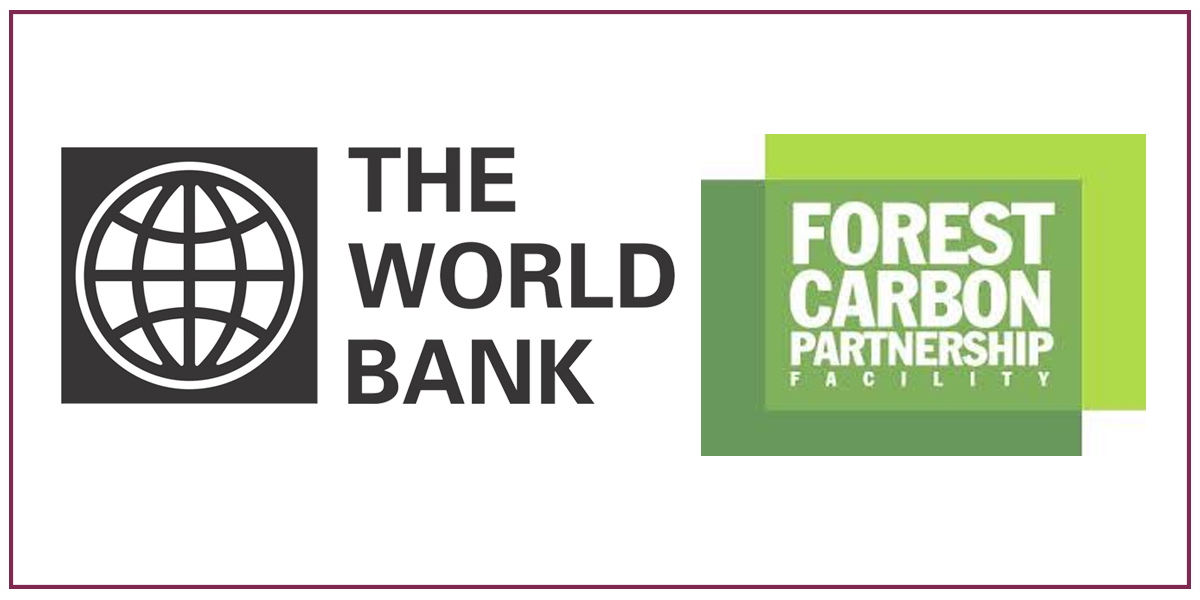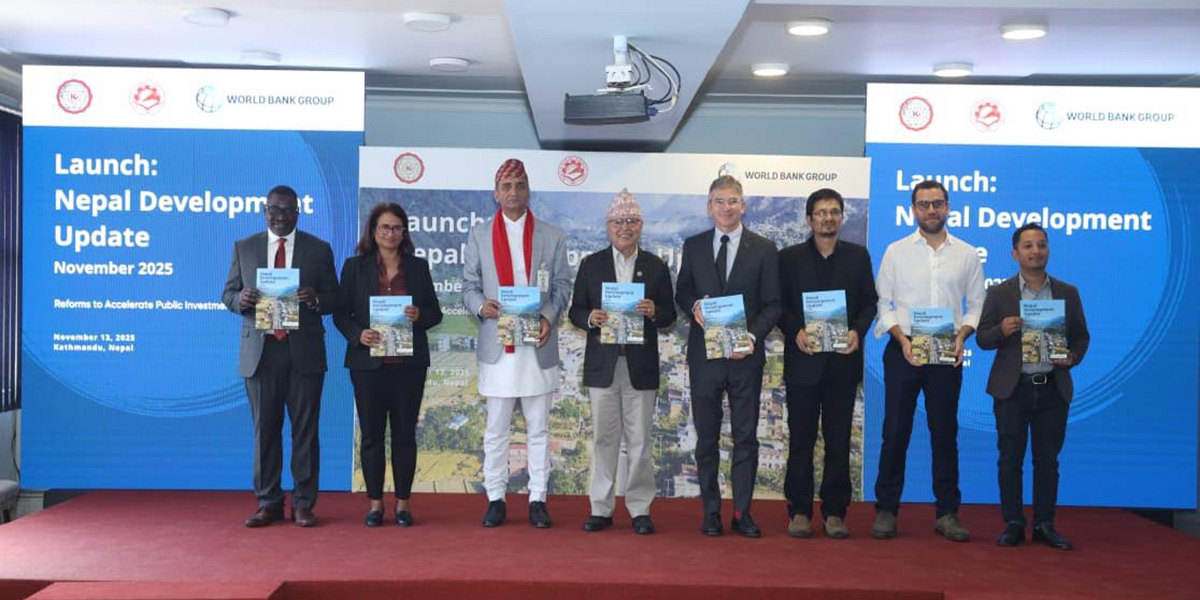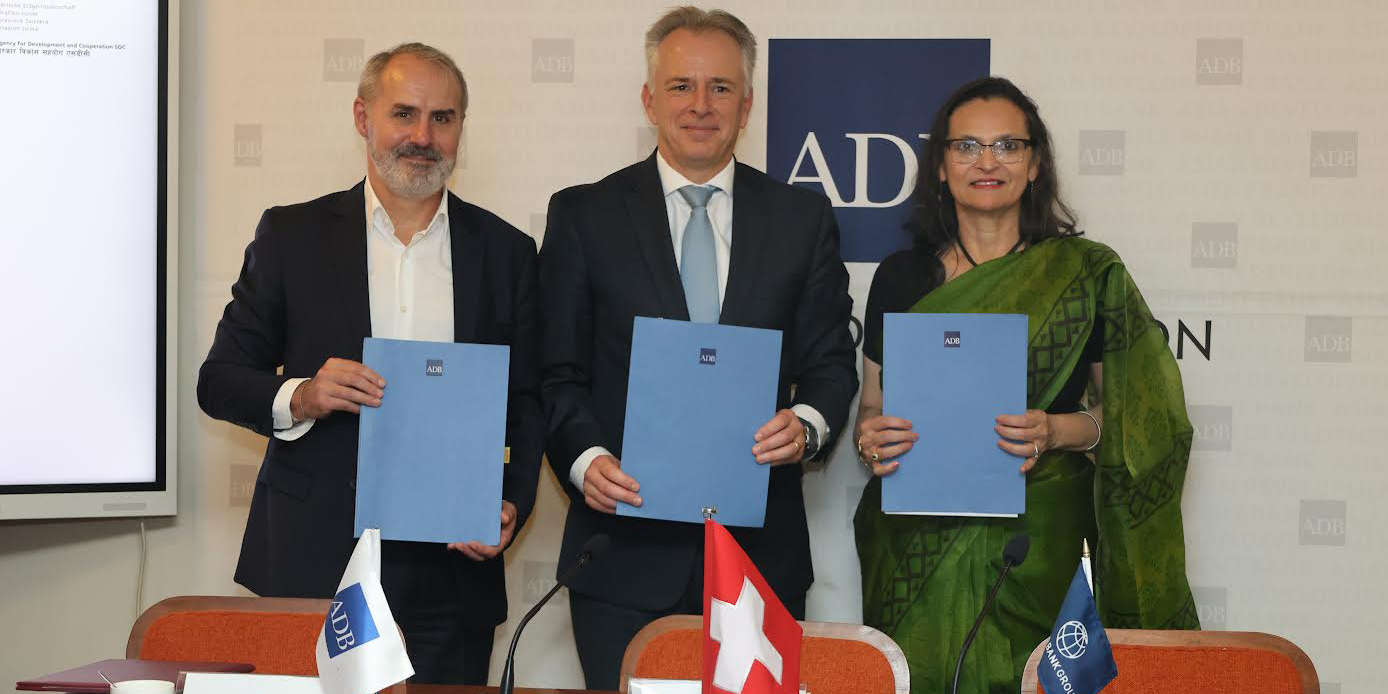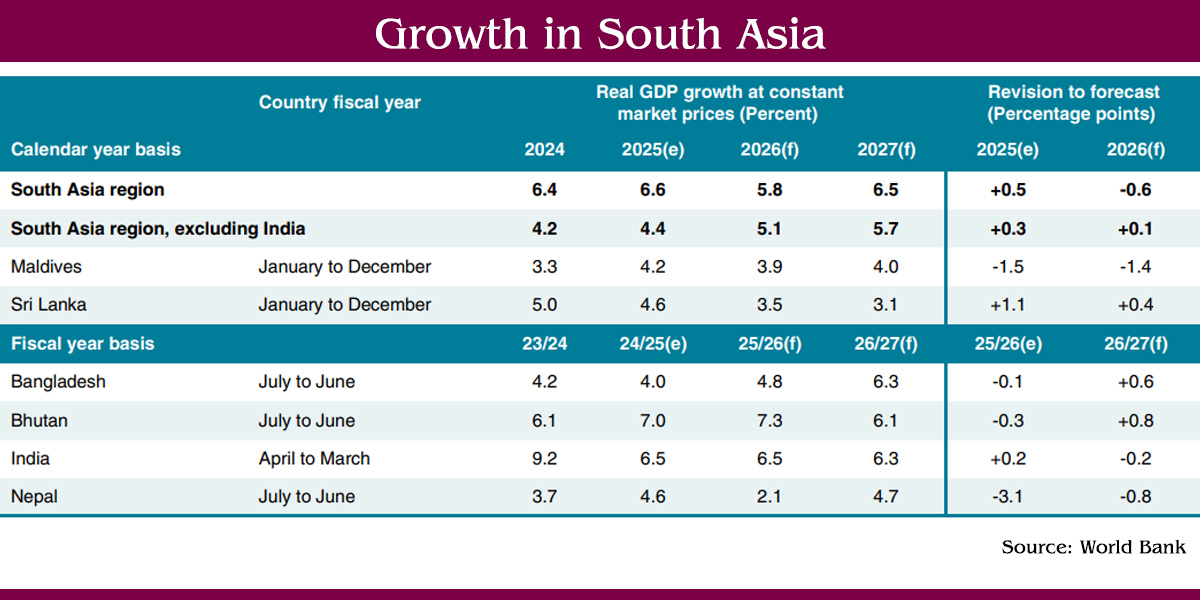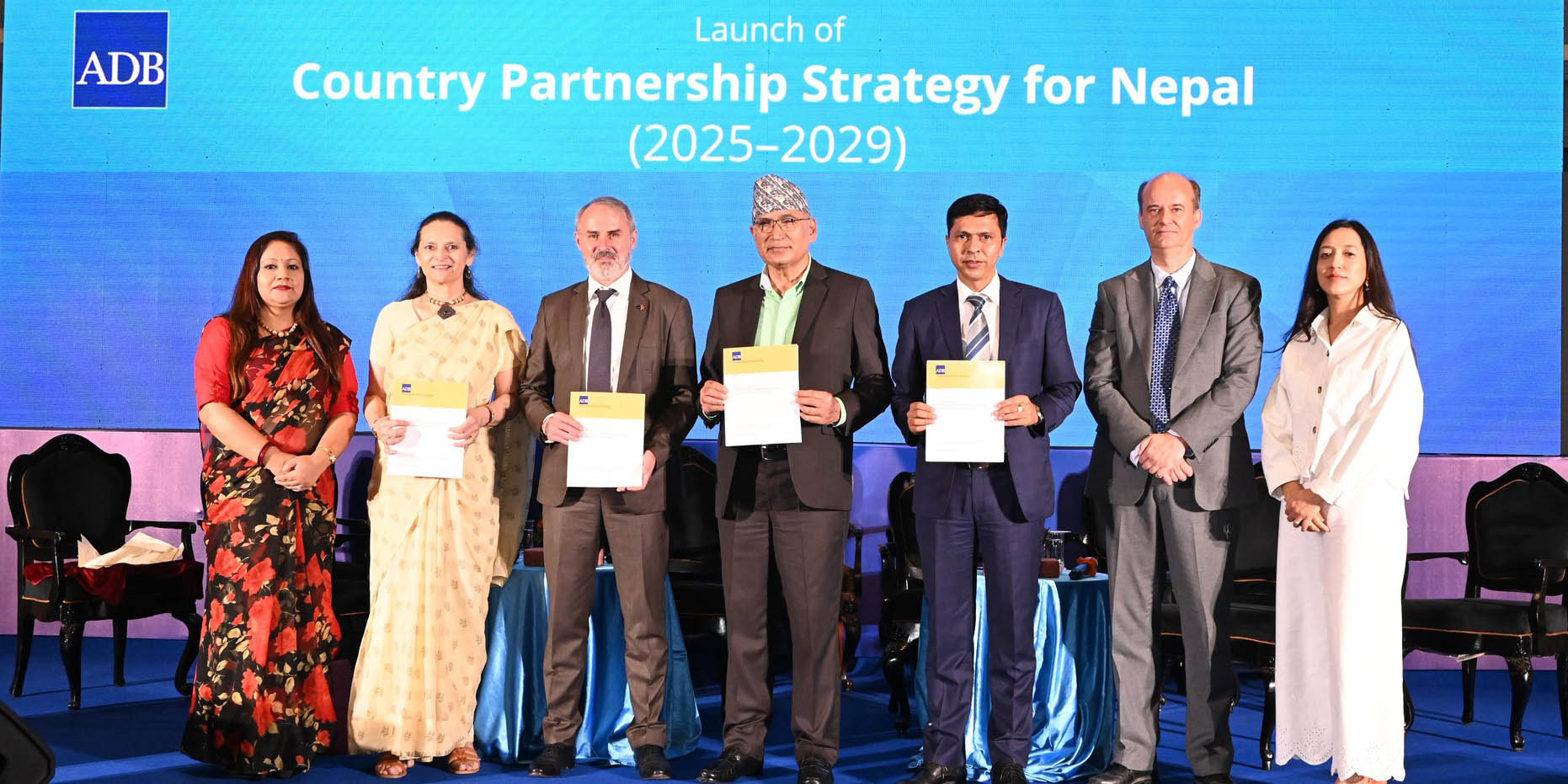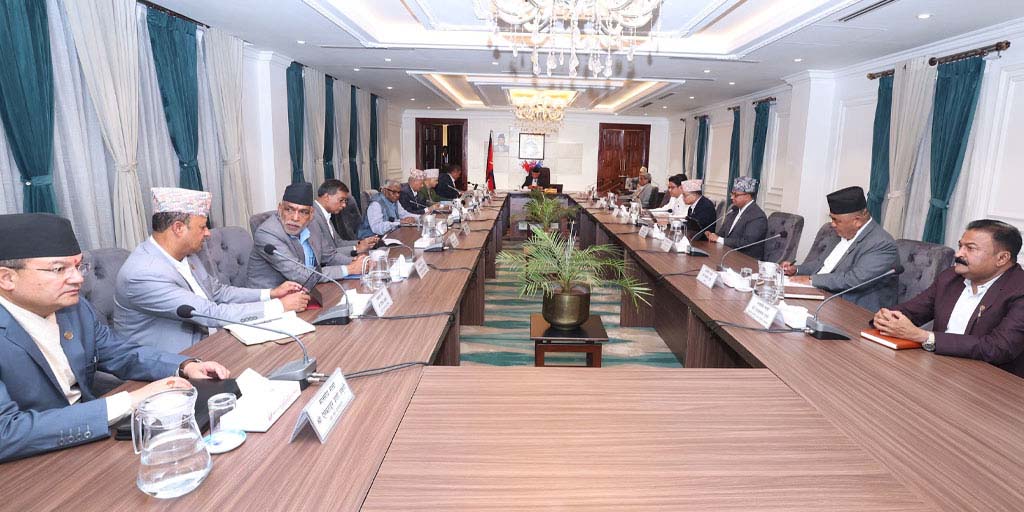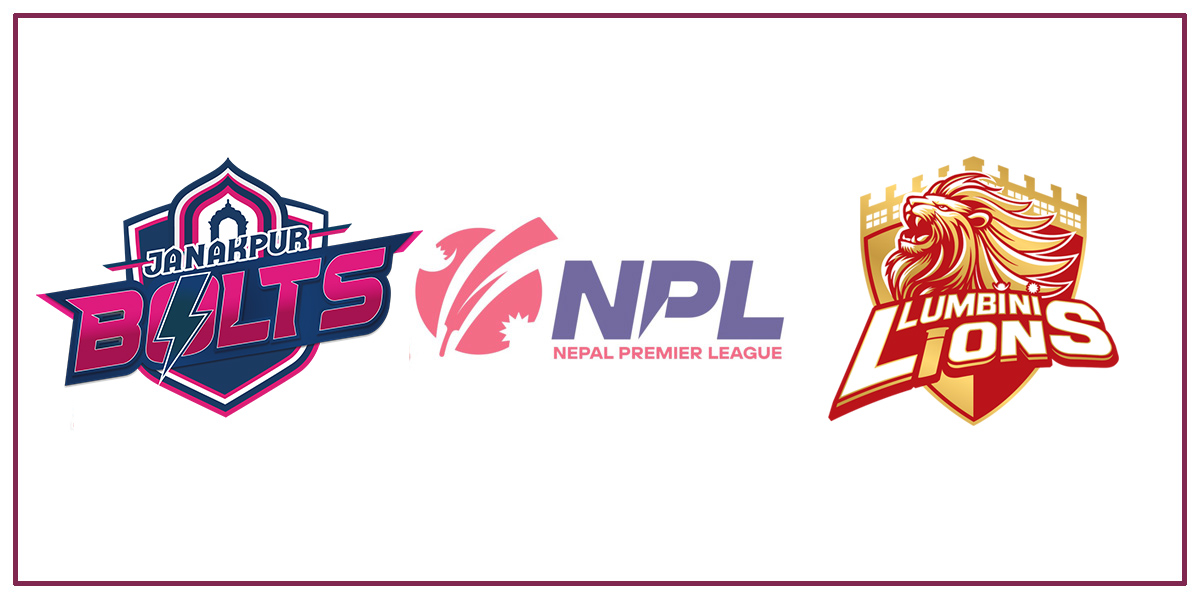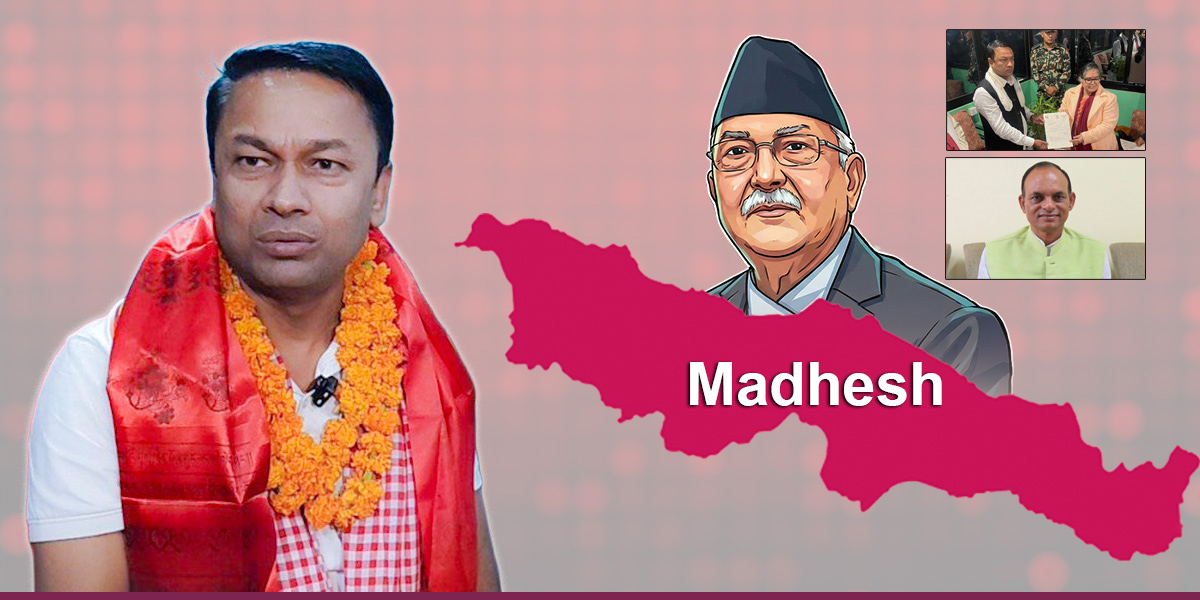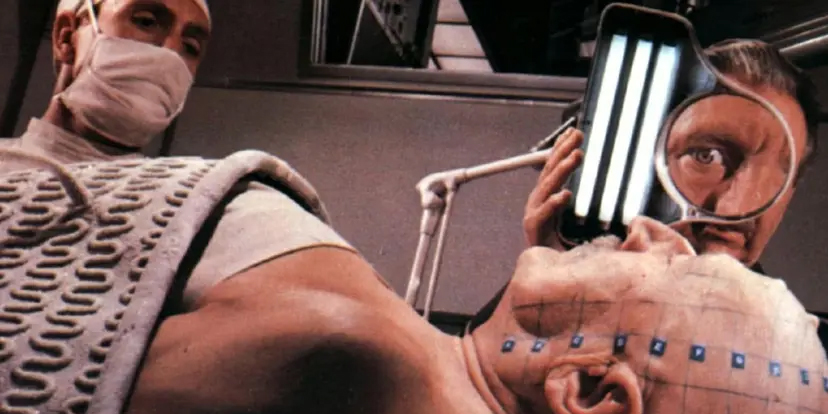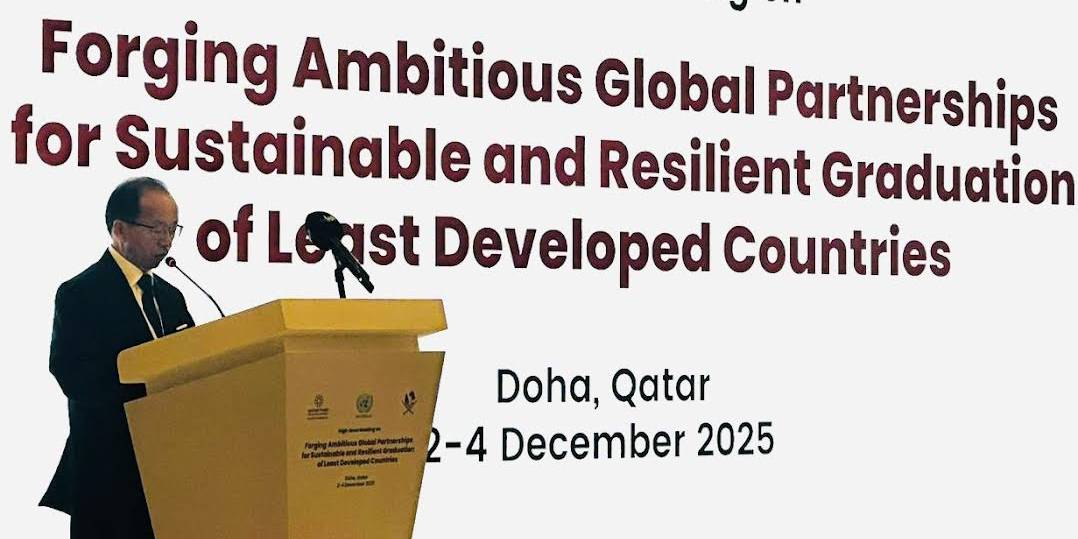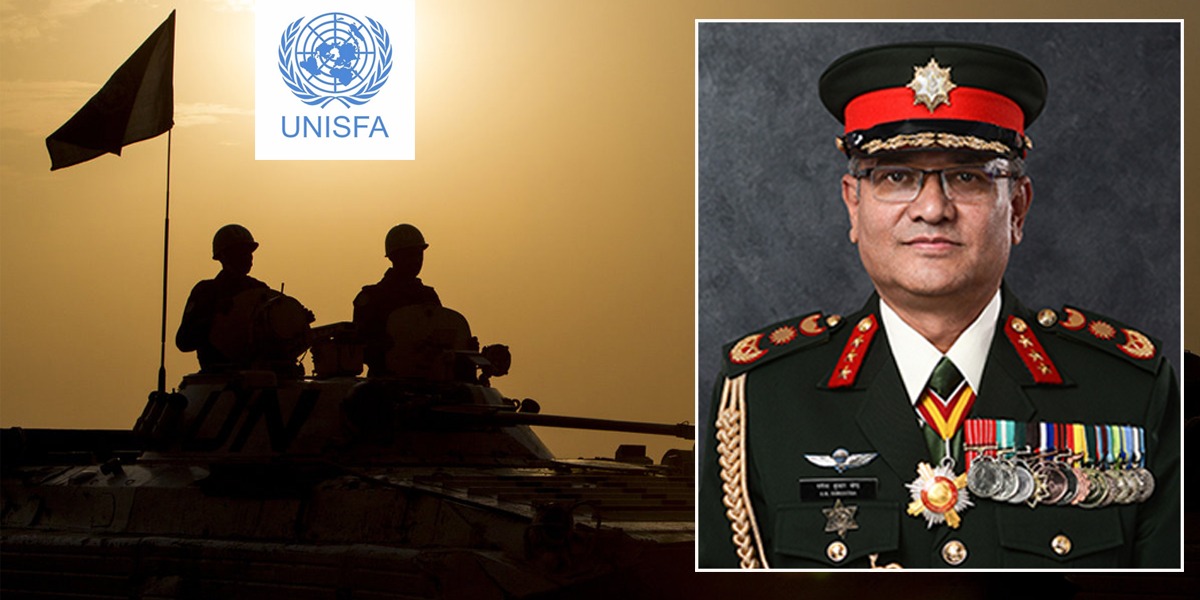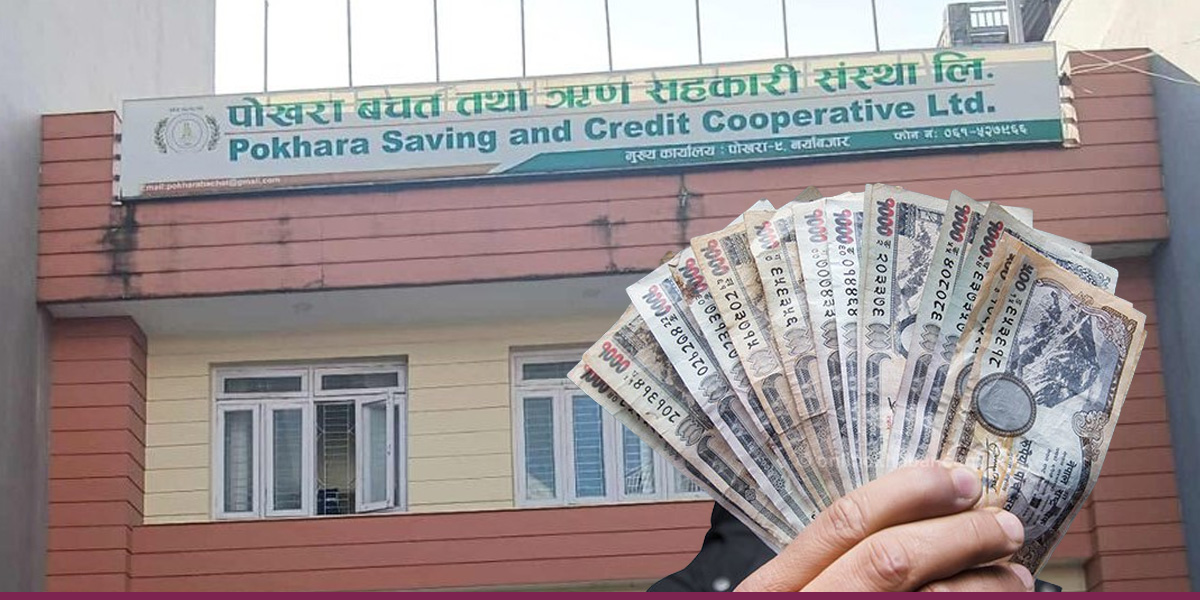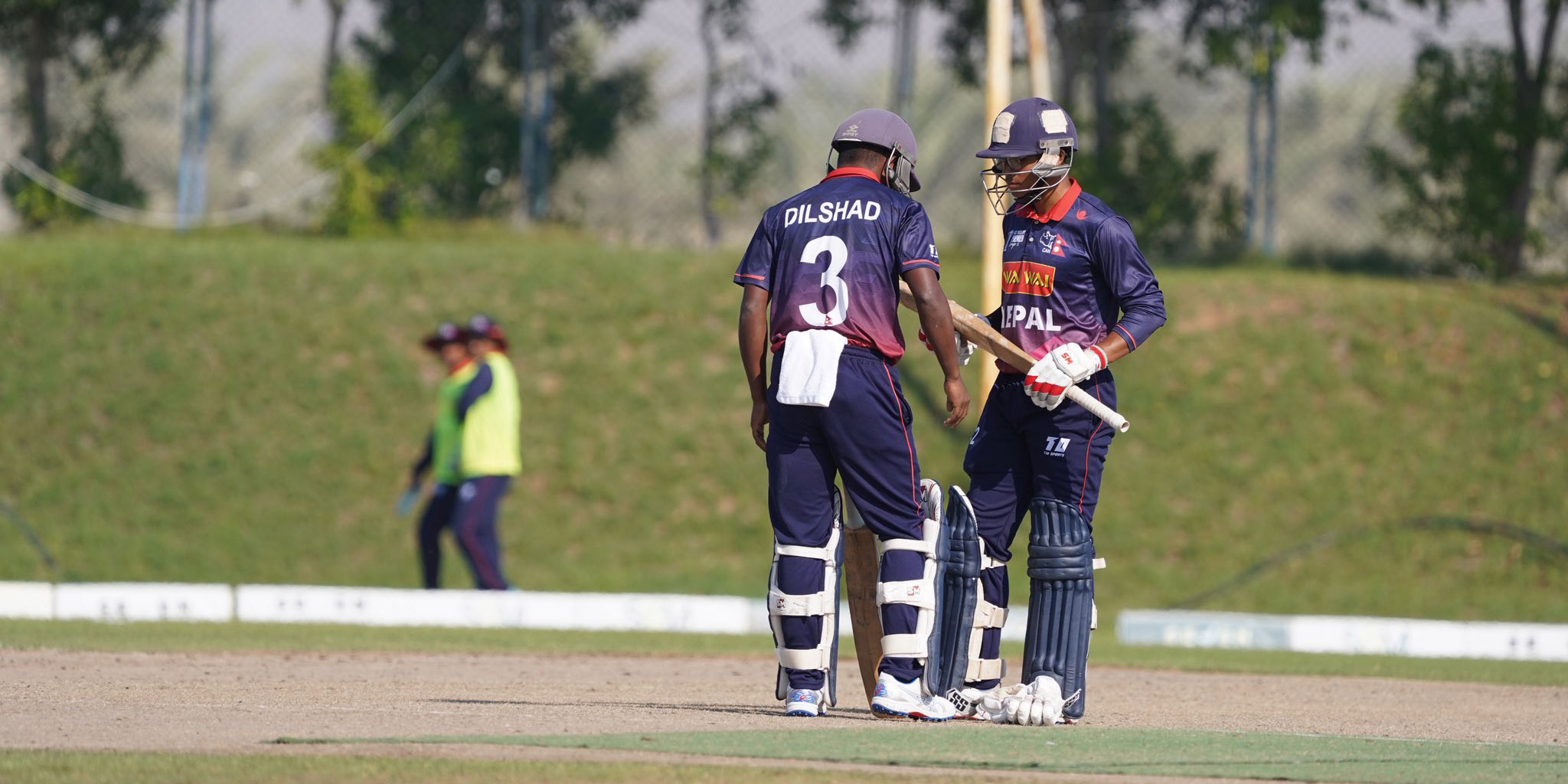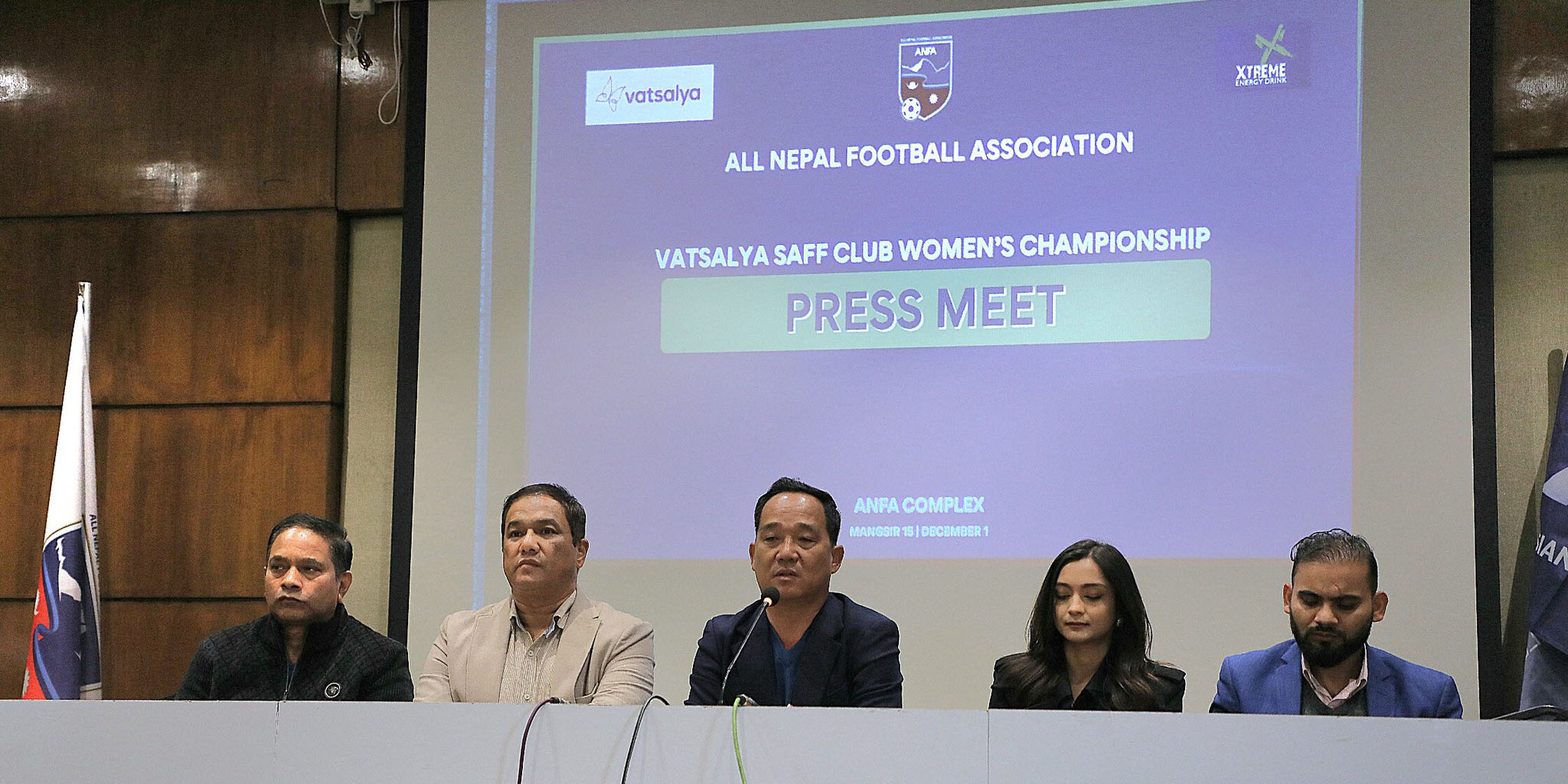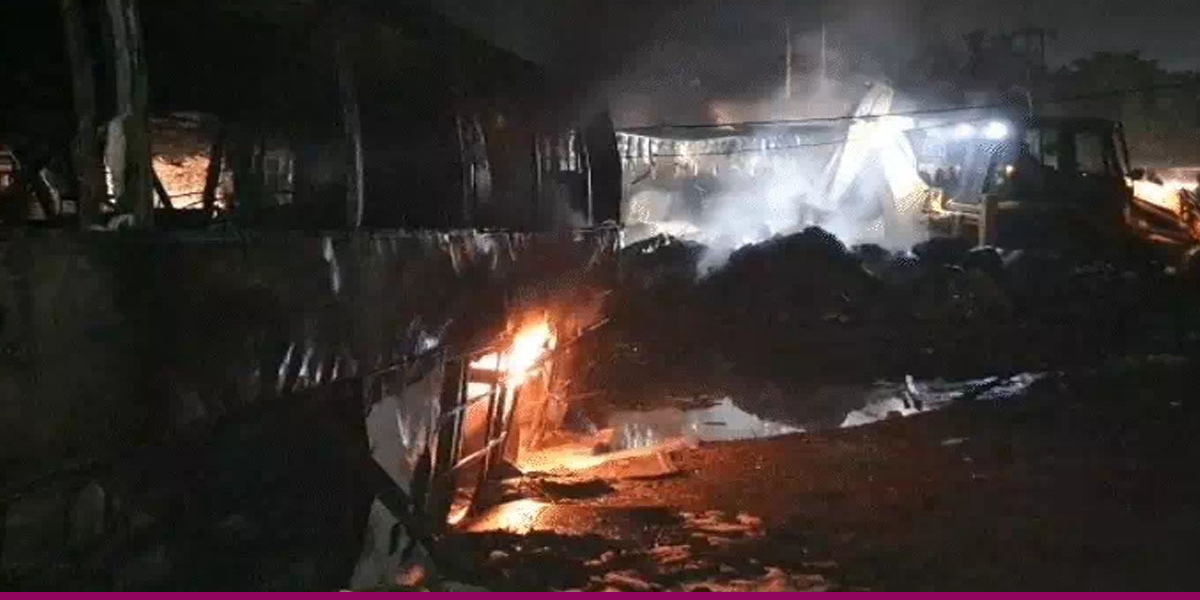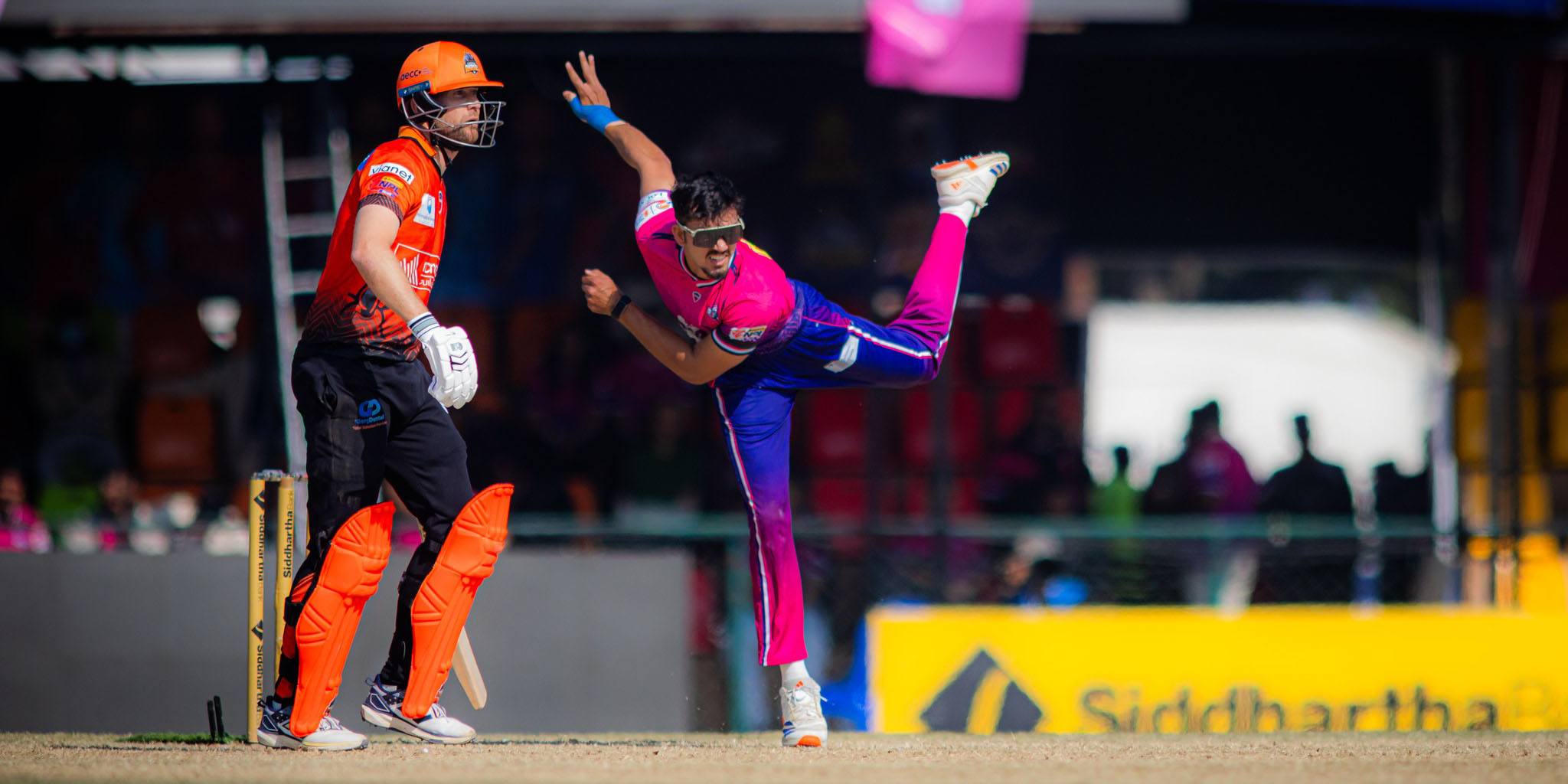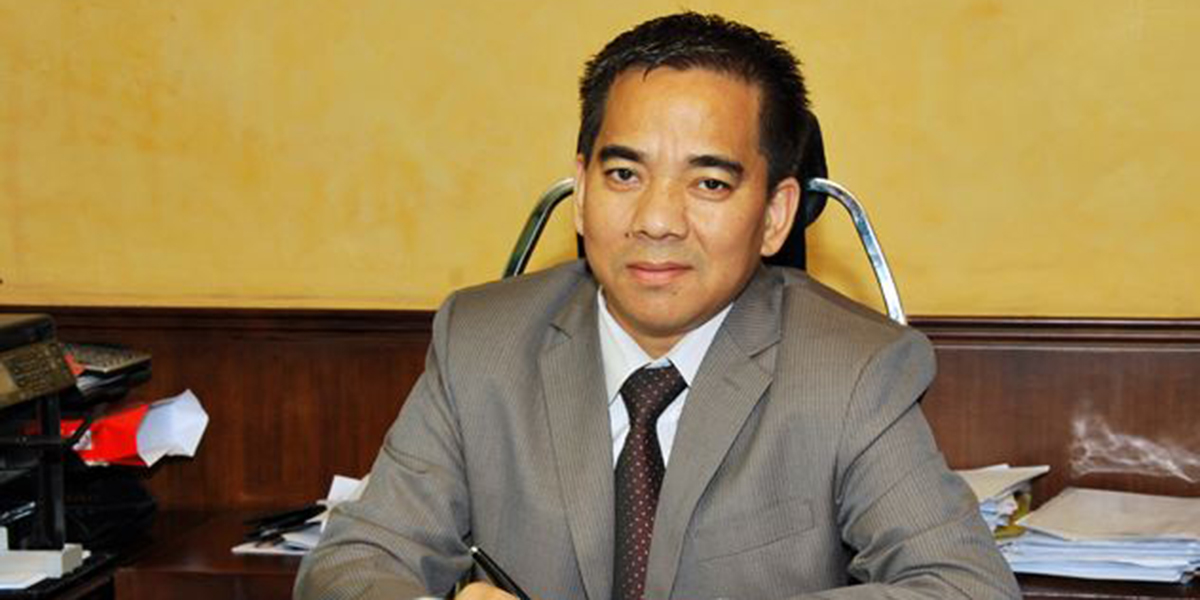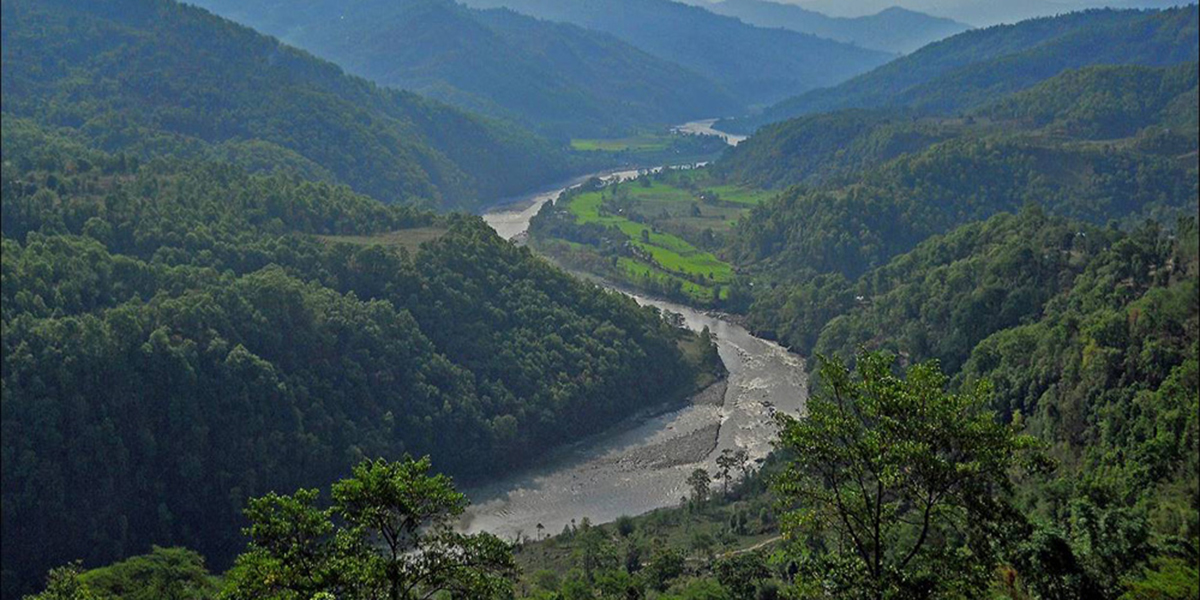 Arun River in Sankhuwasabha district. (File Photo)
Arun River in Sankhuwasabha district. (File Photo)
KATHMANDU: Both the government and donor agencies have expressed a strong commitment to proceed with the development of the Upper Arun Hydroelectric Project (1,161 MW).
A team comprising Minister for Energy, Water Resources, and Irrigation, Shakti Bahadur Basnet; Minister for Finance Dr Prakash Sharan Mahat; lawmaker Deepak Khadka, Secretary of the Energy Ministry Dinesh Kumar Ghimire; Executive Director of the Nepal Electricity Authority Kulman Ghising, World Bank’s Managing Director for Operations, Anna Bjerde; and Director-General of the Asian Development Bank Ramesh Subramaniam, conducted an on-site inspection in Bhotkhola Rural Municipality of Sankhuwasabha district in eastern Nepal on Friday.
Speaking at an interaction organized at Chhograng in Bhotkhola-4, Finance Minister Mahat announced that the Upper Arun Project is poised to enter its implementation phase. Despite resource constraints, he assured that a sufficient budget has been allocated to move the project toward implementation and pledged to prevent any financial shortfalls that could impede its progress.
Mahat, who previously served as the Energy Minister, emphasized that the local population would be offered shares in the hydroelectric project to raise funds for investment.
Likewise, Energy Minister Basnet reaffirmed the government’s commitment to expeditiously move forward with projects like Upper Arun with the aim of harnessing water resources to bolster the nation’s prosperity. Similarly, Lawmaker Deepak Khadka said the local community was excited and ready to support the construction of the mega project.
Also speaking on the occasion, Anna Bjerde of the World Bank said the project would play an important role for Nepal both in terms of domestic consumption and exports. “The World Bank stands ready to invest in the Upper Arun project to benefit all stakeholders involved,” she added.
The estimated cost of the project is approximately $1.75 billion (approximately Rs 214 billion). Of this total, 70 percent is expected to be financed through loans, with the remaining 30% raised through equity.

 Himal Press
Himal Press 